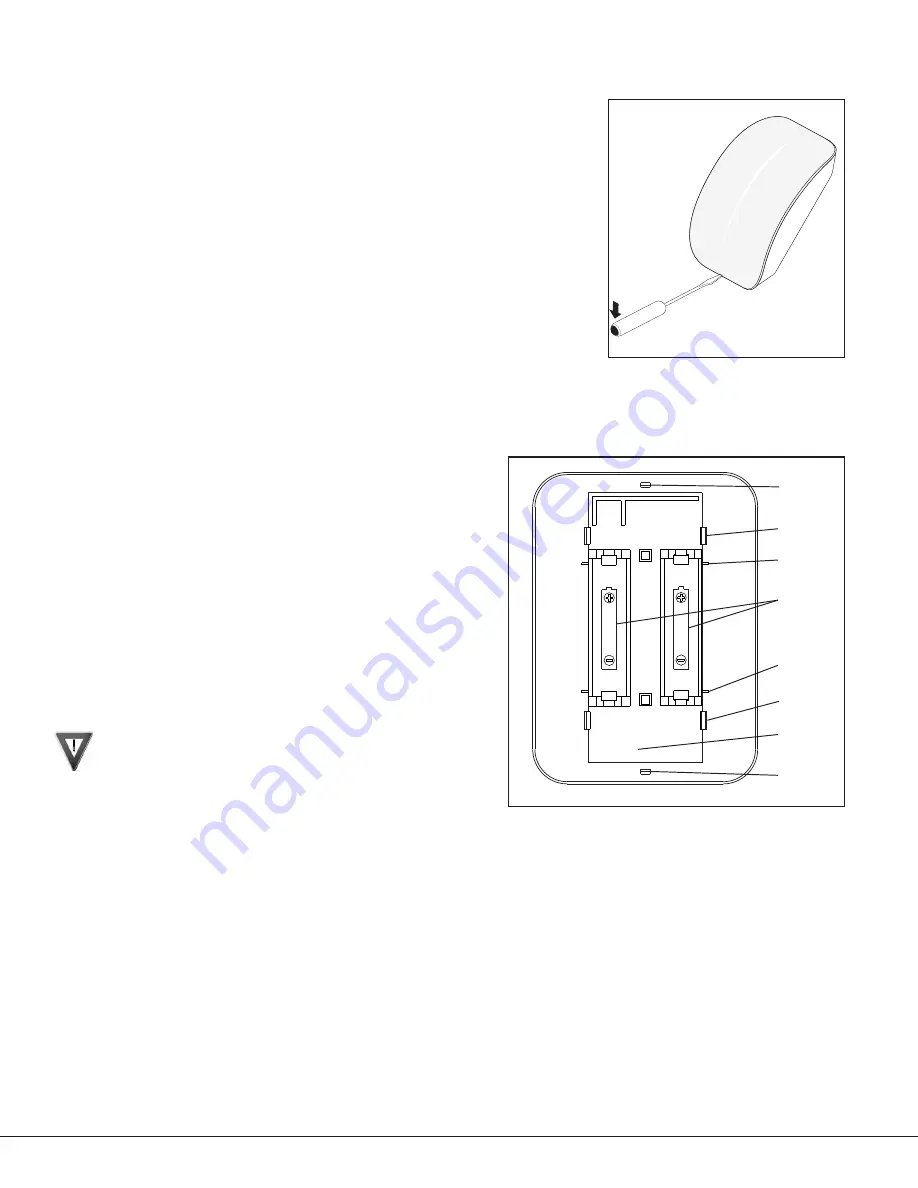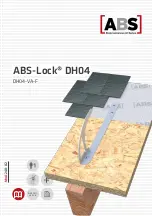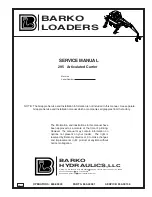
Digital Monitoring Products
1137 Installation Guide
2
Mounting the Light
These instructions cover installing the 1137 on an interior wall. Figures 2 and 3
show the base housing inside and outside views.
Double-sided tape mounting
1. Install a 1/2” wide strip of double-sided tape (not included) in each of the
indentations on the back of the base housing.
2. Remove the backing from the tape and place the housing in the desired
location on the wall with the cover slot toward the bottom. See Figure 4.
Screw mounting
1. Insert a flat screwdriver into the slot on the bottom of the 1137 cover
housing and gently push down on the screwdriver handle while pulling the
halves apart. See Figure 5.
2. Set aside the top housing containing the button and internal assembly.
3. Using two #6 Phillips head screws (not included), press through the
depressions and mount the base to the wall. See Figure 2.
4. Align the top cover snap with the base and snap the bottom of the cover in
place. See Figure 4.
Installing or Replacing the Batteries
Observe polarity when installing batteries. Use only 3.0 Vdc Lithium batteries, DMP Model CR123A, or the equivalent
battery from a local retail outlet.
Note:
When setting up a wireless system, it is recommended
to program zones and connect the receiver before installing
batteries in the Emergency Lights.
1. Remove the top housing containing the PCB and lens
assembly. Insert a flat screwdriver into the slot on the
bottom of the housing and gently lift the screwdriver handle
while pulling the halves apart. See Figure 5.
2. Using your hands, gently separate the top housing from the
base.
3. Turn the top housing over and remove the old batteries.
Dispose of the used batteries properly. See Figure 6 for
battery location.
4. Observing polarity, place the 3.0 Vdc lithium batteries in
the holders and press into place.
5. Snap the top housing back on to the base with PCB notch
toward the top. See Figure 6.
Caution:
Properly dispose of used batteries. Do not
recharge, disassemble, heat above 212°F (100°C), or
incinerate.
Risk of fire, explosion, and burns.
Battery Life Expectancy
Typical battery life expectancy for DMP Model 1137 Emergency
Light is 2 years. DMP wireless equipment uses two-way
communication to extend battery life.
The following situations can reduce battery life expectancy:
• If a receiver is unplugged, or not installed.
Note
: Emergency Lights continue to send supervision messages until a receiver returns an acknowledgement.
After an hour the Emergency Light only attempts a supervision message every 60 minutes.
• When installed in extreme hot or cold environments.
The following situation can extend battery life expectancy:
• Extend or remove Emergency Light supervision time in panel programming.
Figure 6: Top Housing PCB
and Battery Location
Top PCB
Snap
Bottom
PCB Snap
PCB
Support
Serial
Number
Label
Battery
Holders
PCB
Support
Bottom
Cover Snap
Top Cover
Snap
Figure 5: Removing the Cover






















